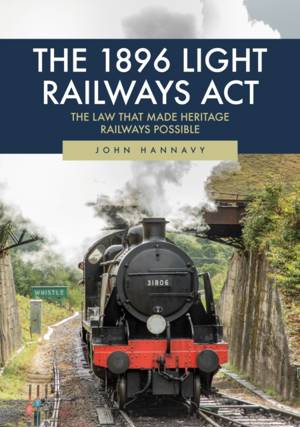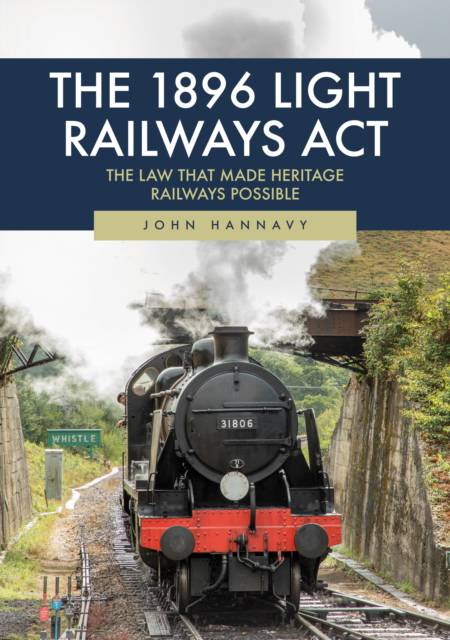
- Afhalen na 1 uur in een winkel met voorraad
- Gratis thuislevering in België vanaf € 30
- Ruim aanbod met 7 miljoen producten
- Afhalen na 1 uur in een winkel met voorraad
- Gratis thuislevering in België vanaf € 30
- Ruim aanbod met 7 miljoen producten
Zoeken
The 1896 Light Railways ACT
The Law That Made Heritage Railways Possible
John Hannavy
Paperback | Engels
€ 20,95
+ 41 punten
Omschrijving
'In no other country in the world is there anything to match Britain's love affair with the steam train; nowhere else are there so many preserved railways keeping the magic of steam alive.' In 1896, the Light Railways Act was designed to speed up the official procedures for gaining approval to construct a railway line. Originally intended to lapse in 1901, it was extended instead, and somehow stayed on the statute books long after its use had ceased. In the 1960s, groups of steam railway enthusiasts recognised it as a possible means of gaining approval to reopen stretches of railway lines that had been closed by Dr Beeching, keeping the steam dream alive. More than half a century later, some of these restored lines have already celebrated their golden jubilees, and their popularity continues to grow. Thanks to the unintended consequence of that 1896 Act, each new generation since Beeching has had - and will continue to have - the opportunity to enjoy the magic of steam trains. Along with a wealth of evocative images, John Hannavy explores the fascinating story behind a Victorian law with a welcome and unexpected side effect - leading to today's popular heritage railway industry.
Specificaties
Betrokkenen
- Auteur(s):
- Uitgeverij:
Inhoud
- Aantal bladzijden:
- 96
- Taal:
- Engels
Eigenschappen
- Productcode (EAN):
- 9781445693446
- Verschijningsdatum:
- 15/08/2019
- Uitvoering:
- Paperback
- Formaat:
- Trade paperback (VS)
- Afmetingen:
- 165 mm x 234 mm
- Gewicht:
- 304 g

Alleen bij Standaard Boekhandel
+ 41 punten op je klantenkaart van Standaard Boekhandel
Beoordelingen
We publiceren alleen reviews die voldoen aan de voorwaarden voor reviews. Bekijk onze voorwaarden voor reviews.











